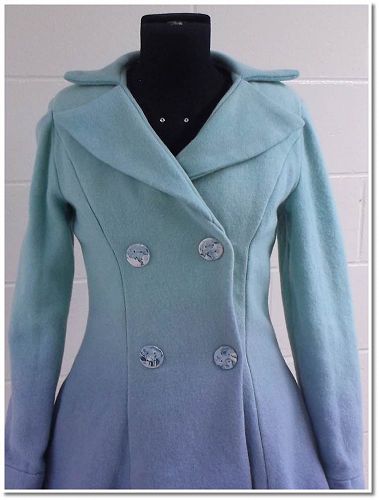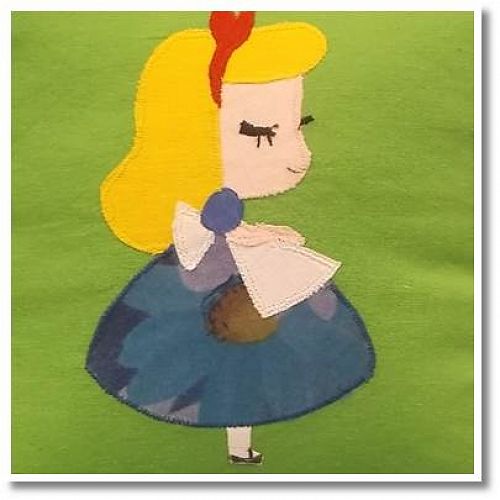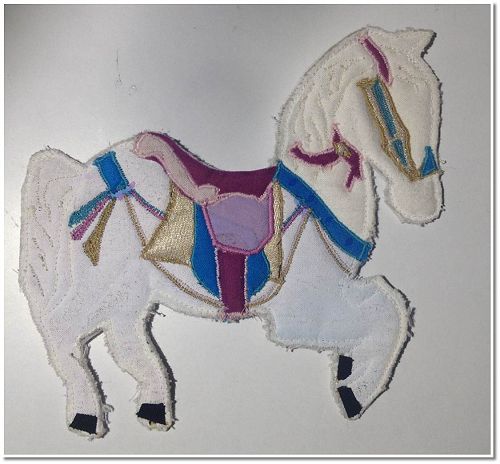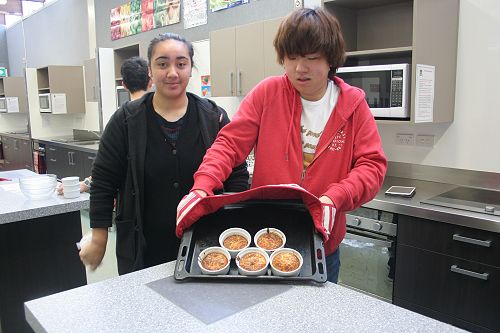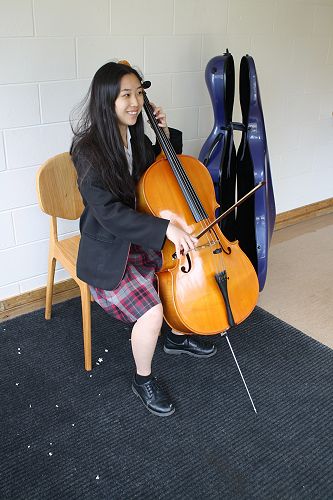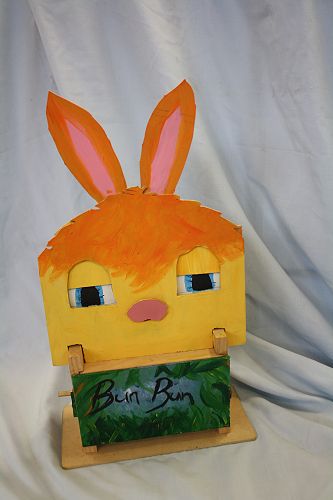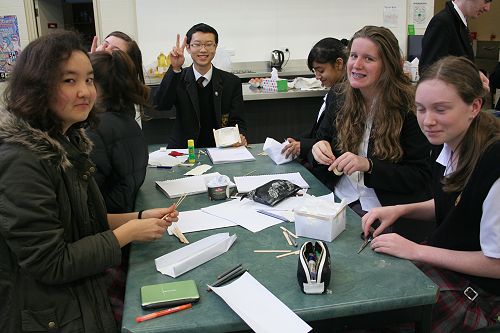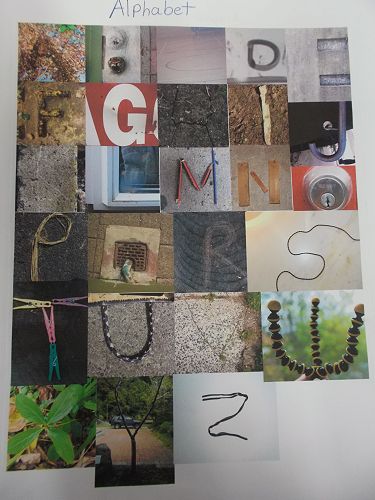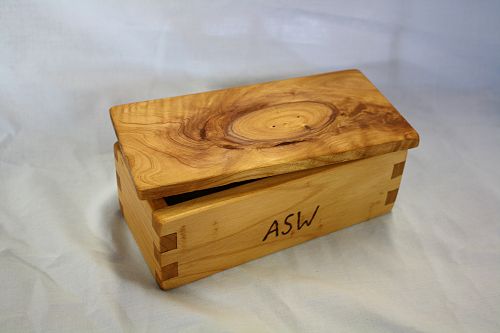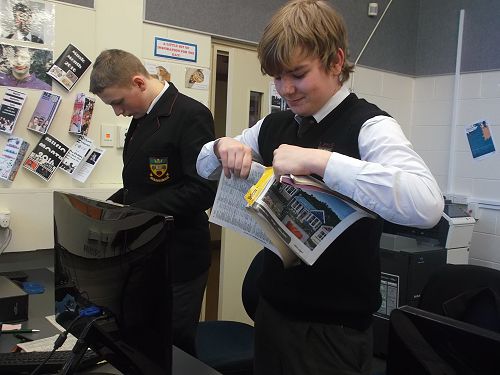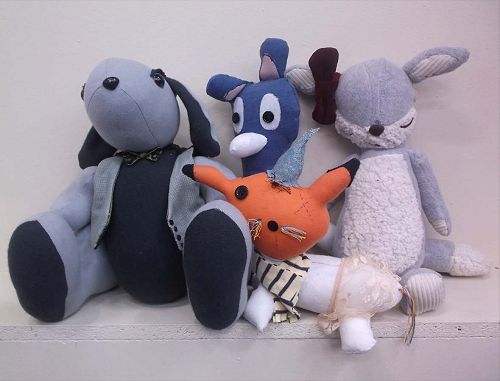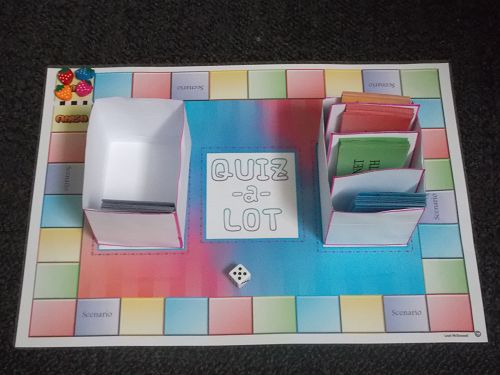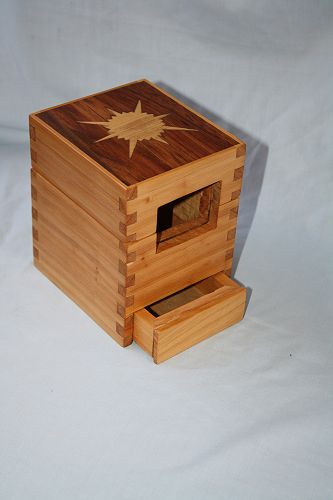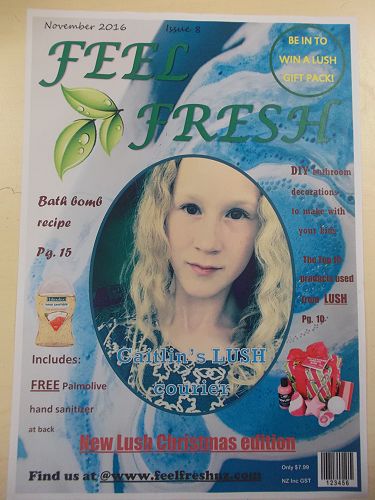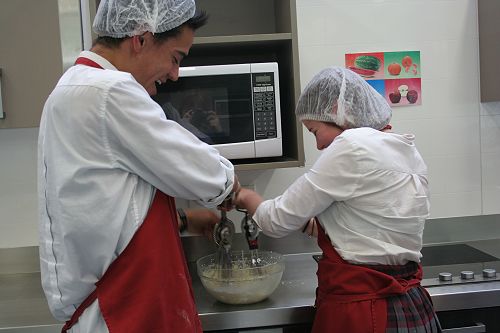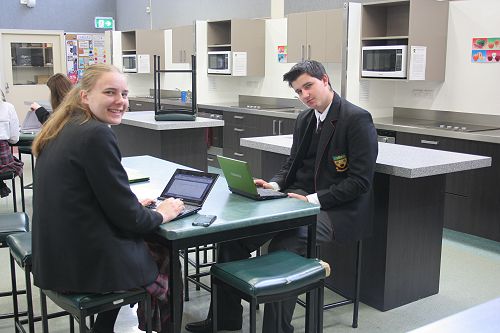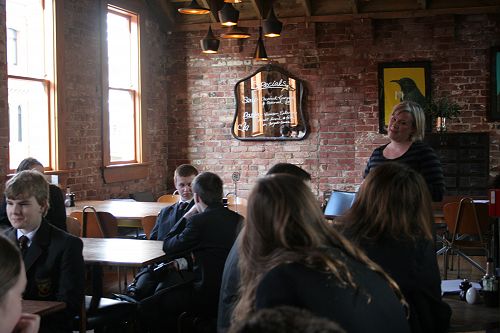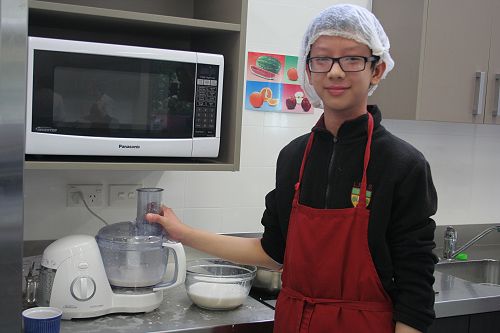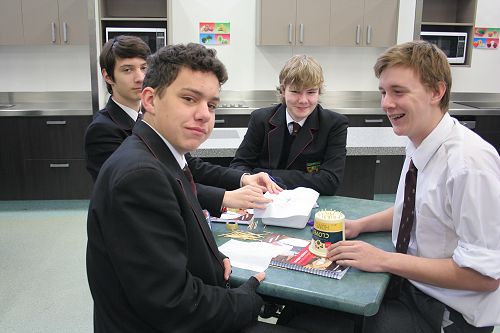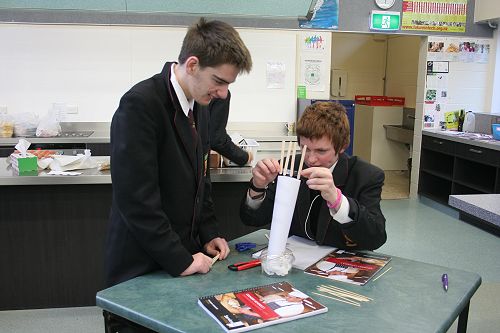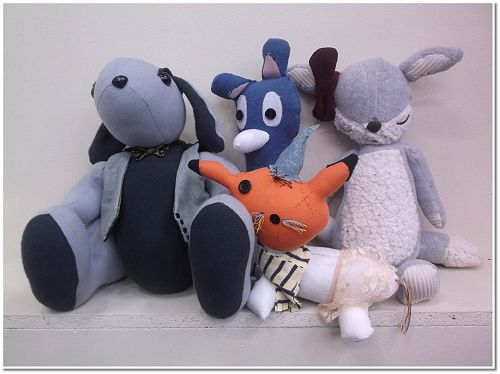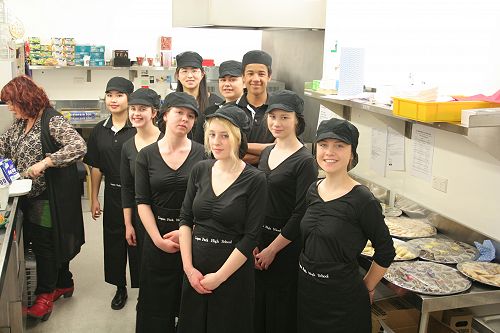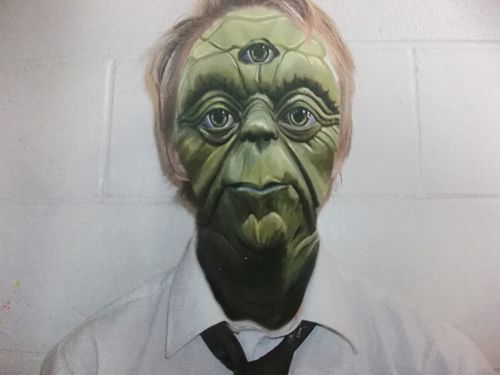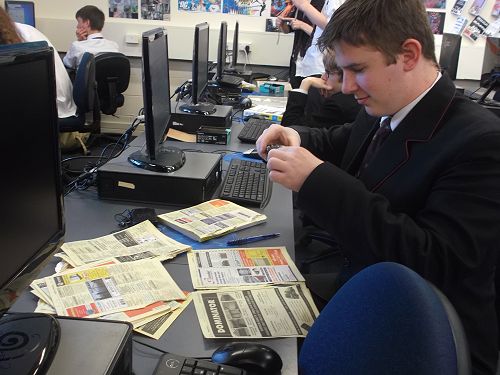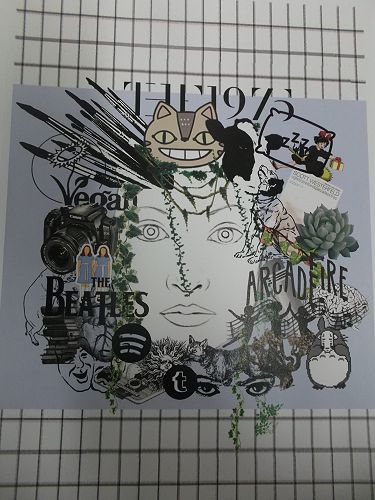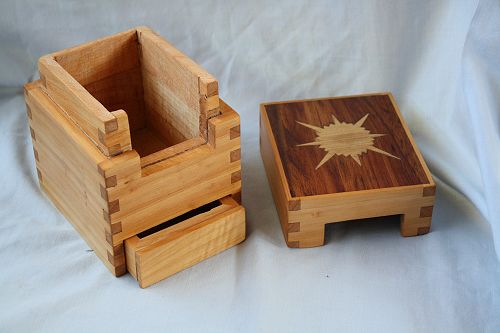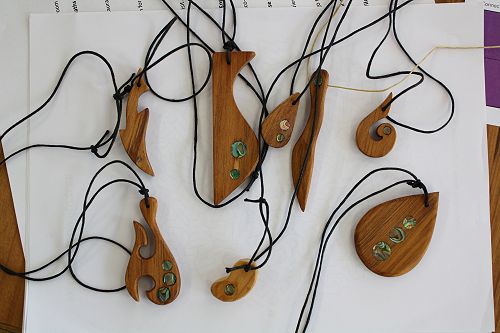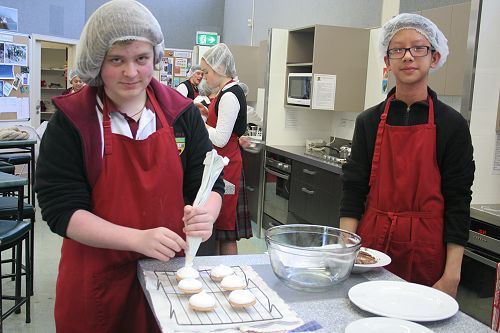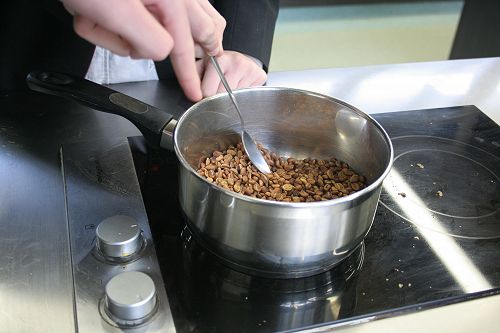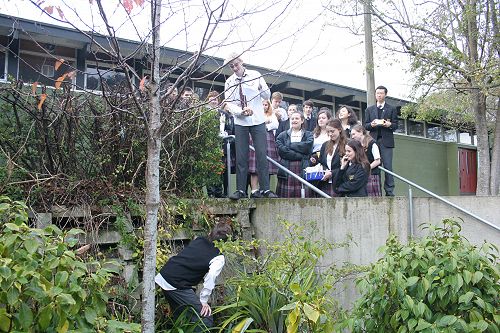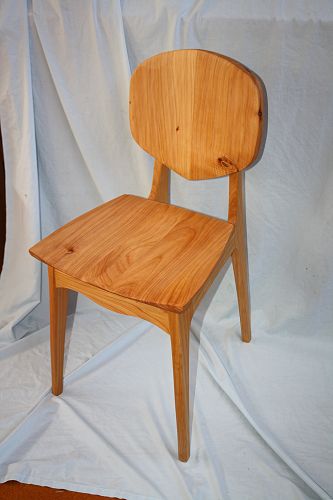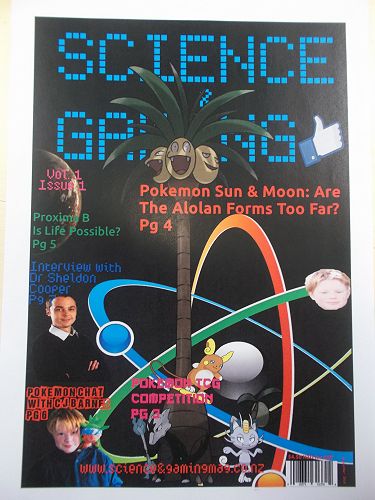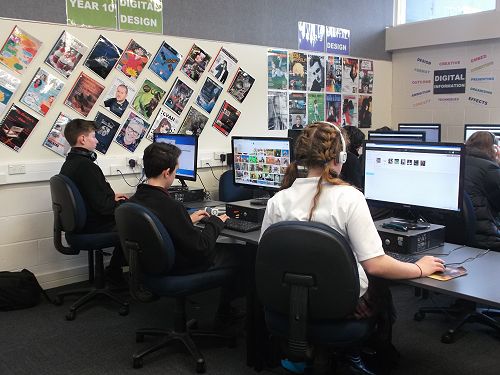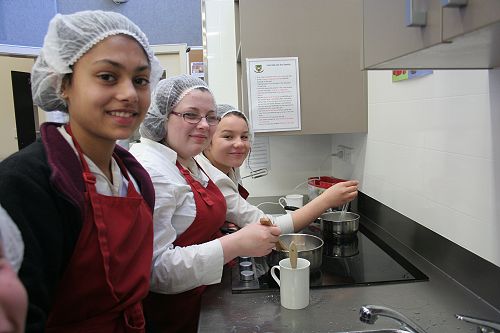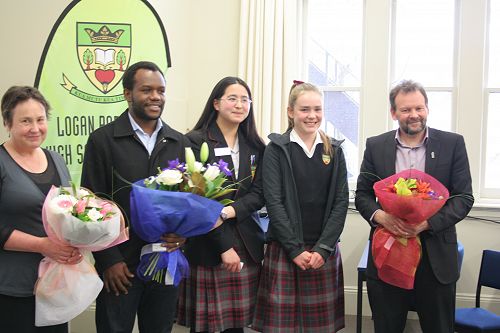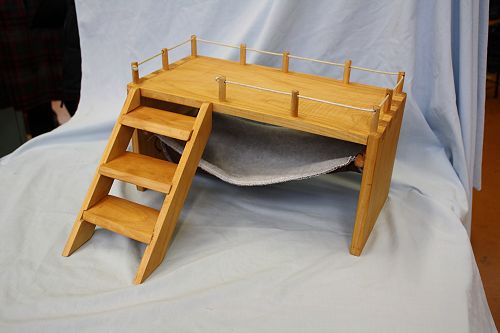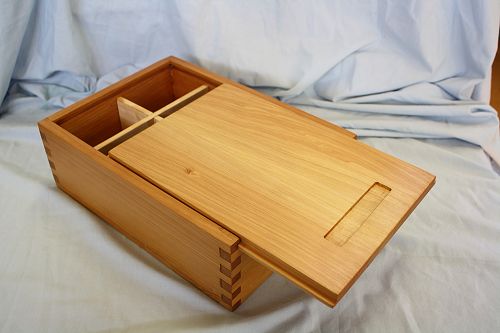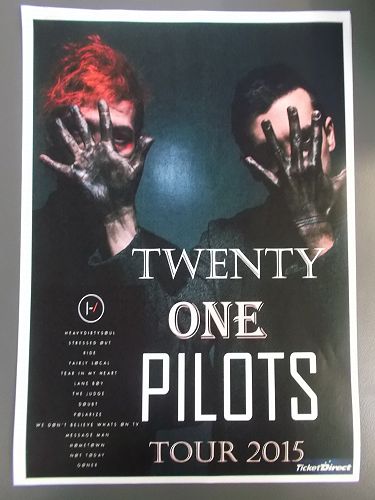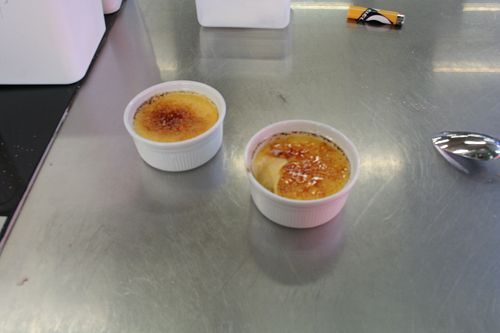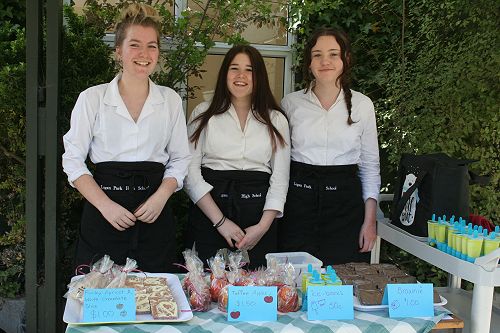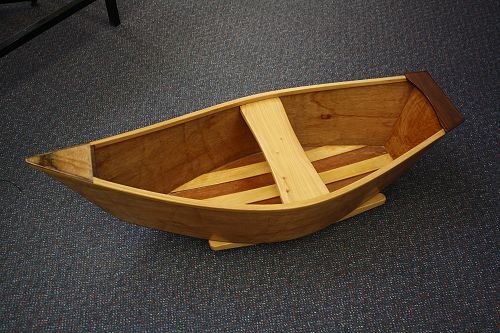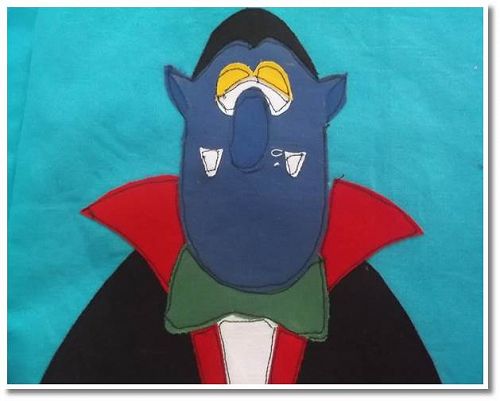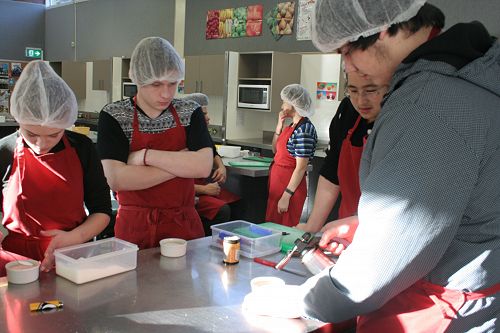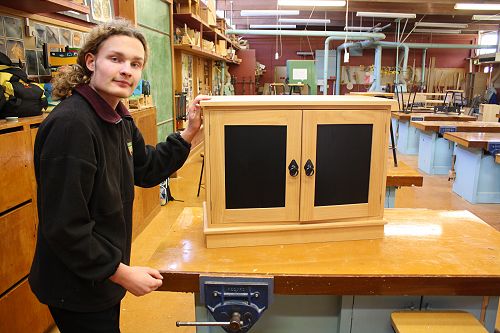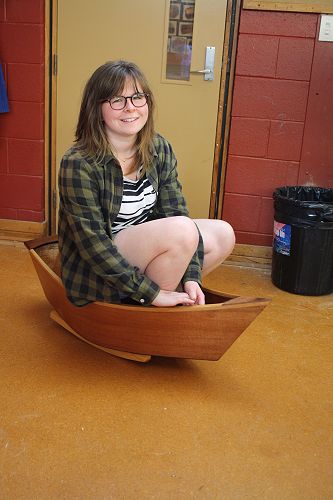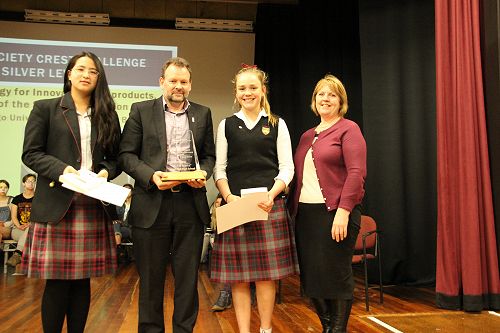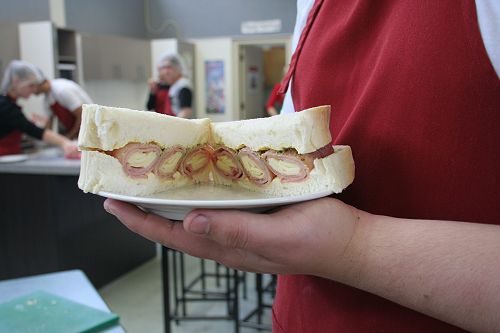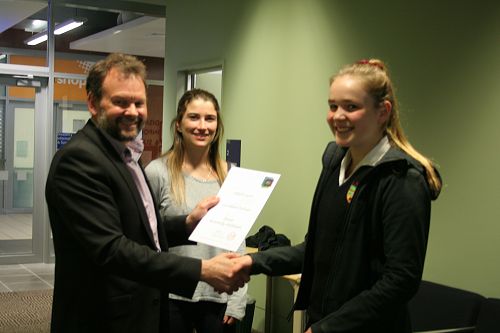
Technology Department Report
The Technology Department have been very busy this year, taking on and creating lots of new and exciting projects from building toy boats to designing sustainable houses!
DESIGN & VISUAL COMMUNICATION
Another successful year in DVC. Levels 1, 2 and 3 were again keeping each other good company, this time spread over two classes.
Level 1 students enjoyed the contrast with previous years by working almost exclusively on Design Briefs. The first was a Product Design unit to design a form of Outdoor Seating, which was followed by Spatial Design of a Sleepout.
Level 2 started with a unit researching Sustainability related to Spatial Design, followed by their own 3 Bedroom House Design using a Sustainability theme. These ranged from traditional timber framed construction to a straw bale house.
Level 3 students started the year with an externally assessed unit known as ‘Design Ideation’. Broadly, this is the process of producing new design ideas from an initial starting point, which could be any of an infinite range of experiences, images, objects etc. While the idea might have a start point, it typically does not resemble this too closely in its final form. This unit has a strong focus on design thinking, and the creation of original or innovative ideas. Students then develop this into their internally assessed brief – which could be either a Product or Spatial design. Hence, Level 3 students are encouraged to follow their passions as much as possible, and have the flexibility to design their own assessment strategy.
DIGITAL TECHNOLOGY
There has been lots of excitement and success for many Digital Technology students who have entered an array of competitions in Digital Media, Information Technology, Robocup, ICAS Digital Technologies and Computer Science competitions this year. Fine examples are 1st Place, Senior Theatre in the National Robocup Junior Competition. This was won by Henry Eden-Mann (year 10) and his team ‘Underscore’. Also Year 12 students Louis Whitburn, Nic Tregonning and Max Freeman performed well when they entered the University of Otago Information Science Technology Challenge and won ‘Best Knowledge of Technology’ award (for the second year in a row).
Year 9 students have shown their video creating skills by producing their own sound compilations to animated movies and Year 10 students have again impressed us all with their innovative ideas for their game creations both in print media and digital versions. The highlight for Year 11 Digital Technology students would have to be understanding the concepts of Computer Science by ripping up phone books to show how to do a binary search or blindfolding students and following pseudocode to get from one place around school to the other. This was lots of fun whilst at the same time learning concepts. Year 12 and 13 students this year really enjoyed compiling and producing their music videos and television broadcasts. It is with sadness that I say goodbye to the Year 13 students, most of them I have taught for the whole of their five years. I sincerely wish you all every success in your future endeavours and I will miss each and every one of you.
FABRIC TECHNOLOGY
In Fabric Technology this year there have been many advanced and creative opportunities that students have used to their full advantage. The year 9 classes have again been extremely creative with their design and development on their skill cubes. Students have been extended by using the embroidery machine, and there have been some exceptional panels created. In year 10 the advanced and complex pattern making skills that have been used to develop some of the cushion designs are exceptional, particularly “The Guitar” and The Carousel”. I am looking forward to seeing all of these students work as they continue to develop their pattern-making and construction skills into the senior classes. In year 11, one student developed a fully lined jacket and used recycled blankets for the fabric which she had ombre dyed. Other projects included America styled domed varsity jackets, oversized hoodies with applied design, and full length zip hoodies with welt pockets. Year 12 students developed their own basic blocks to their personal measurements, and used these to develop their own garments. These included outcomes as varied as pleated skirts with shaped waistbands, flared skirts with godets, a fitted and shaped bustier top, princess seams, fitted dresses and a gathered dress using hard to sew fabrics. In year 13 projects included a lace panel dress, tailored jackets, and jumpsuits. All of the pattern-making at year 13 is made to measure and the students' advancement of their pattern making skills this year has been exceptional. I wish all my departing students well for their futures and I have really enjoyed teaching them throughout their time at Logan Park.
FOOD/HOSPITALITY
2016 has been a busy and varied year with several functions catered for, field trips, speakers and students successfully attempting more complicated and innovative dishes.
Year 9 students’ introduction to Junior Food Technology resulted in their knowledge of food science increasing along with cooking and nutrition skills as they researched, trialled and then produced healthy barbecue meals for friends at school during a class barbecue, along with a healthy meal for their families at home.
This year, Year 10 students began mini businesses as they researched, trialled and produced products suitable for sale at the Otago Farmers’ Market in May and the school student Market Day in September. All products were costed and profit margins calculated. Students will now decide what to do with the $150.00 profit – whether to donate this to a charity of their choice, purchase something for the Foods Room or the school, or put it towards an outing for the class. Year 10 also created their own Gingerbread Whares – this was a challenging project technically which contributed to increased skill levels along with developing ability to persist and complete tasks, and a “Passion Project” where they researched a project of interest just to them. Students also hot-smoked eel steaks in the Foods Room, with the resulting meat being used in a Smoked Eel pate which was served at a LPHS Board Meeting.
A large Year 11 class with a diverse range of students completed a very successful year. All students worked steadily with interest on a range of skills which lay the foundations for Polytechnic-level cookery training in the future. Students learnt about meat cuts and how to cook them, knife skills, food safety, the science of baking, frying and grilling and quality indicators for fruits and vegetables. They also enjoyed a field trip to the Vogel St Kitchen where they enjoyed a hot chocolate, and Distinction Hotel to see behind the scenes and learn about how successful, innovative hospitality businesses function.
In March, Tony Heptinstall who is the head of the Hospitality Department at Otago Polytechnic visited this class to demonstrate knife skills to the students. Many students now have part-time jobs in the food industry and this gives them a valuable insight into what employers will be looking for once they leave school.
Earlier in the year, Year 12 students enjoyed a field trip to the Otago Polytechnic Hospitality Department – they were taken behind the scenes by a senior lecturer to view spaces where students train and also produce dishes for service in the training restaurant Technique. They also enjoyed a hot chocolate and a visit to the new Student Learning Hub on Harbour Terrace. Students were invited for the second year to cater and serve at the Otago Daily Times Class Act function at the Dunedin Art Gallery, wearing their smart assessment uniforms. This was an outstanding opportunity for these young people to put into practice their Hospitality skills. They have also improved their practical commercial kitchen skills to the point where they are now attempting quite complicated dishes – including souffles, French Meringue blow-torched over poached tamarillos, crème brulee and stuffed roasted pork chops.
This year a team of two students was entered for the first time in the Royal Society Crest Challenge Silver level. Annie Kennedy-Atchison (Year 10) and Emily Wu (Year 12) worked with Southern Clams to “solve a problem”. The industry-related problem which they identified after a site visit was the huge amount of fish frames produced by the fishing industry after filleting. These frames are dumped at sea or in landfills at significant cost, while having 30% of their weight being made up of high-quality fish mince. These students worked all year in their own time with their teacher and an industry mentor from the University of Otago Food Science Department to come up with a solution to this problem. Their final product (after months of planning, research and trialling) was a thin smoked fish sausage in casein casings flavoured with lemon, rosemary, salt and pepper and sage. Consumer testing pronounced this sausage delicious! And the standard of the students’ entry was high enough for them to win the Waikato and South Island section of the Challenge – which is a significant achievement on first-time entry. There is no national winner.
Year 13 Hospitality
As part of Year 13 Hospitality, the class have been introduced to the fine art of making and presenting many different dishes which include steak sandwiches with caramelized onions, quince jelly and paste, chocolate roulade, custard square, soufflé’s, naan breads, hot cross buns and bagels, making their own pasta and ravioli, raspberry and marmalade jam. There is certainly something in there for everyone. Included also, was some theory and the sitting and passing of assessments.
Our beautiful Foods Room is well-used outside of school hours by a wide variety of community groups. This year the Otago University Students Association booked it for a fundraiser, Foodshare used it to trial recipes for their ever-increasing client base, the University of Otago Human Nutrition Department used it for Community Cooking classes for teenagers, English language schools used it for community cooking demonstrations, Sport Otago bring families in for classes and demonstrations around Healthy Eating and many more. Many Logan Park students also used it for various fundraising ventures.
HARD MATERIALS TECHNOLOGY – METAL
All levels started the year with a skills based unit. Year 9’s with a Junior Hacksaw and Year 10’s with a Container unit. Year 11’s were introduced to Level 1 NCEA with a set of Parallel Clamps, and Year 12’s who had not completed Level 1, started with a Tack Hammer. The main focus of these early units is to further develop students’ skills in working with the workshop equipment - hand tools, and machines.
The senior classes were then free to develop their own design(s) for the balance of the year. Projects included modified grass karts, a trike, Gun Cabinet, bbq, and seats.
Assessment of senior students’ work is based on Competenz (the mechanical engineering industry training organization) unit standards. As with last year, we do not have a Level 3 course available for NCEA.
HARD MATERIALS TECHNOLOGY – WOOD
Once again an array of fabulous projects has been produced by our students in the workshop. This has included researching and designing ideas from scratch, problem solving and planning for construction. One of the most enjoyable aspects for me as a teacher is that every project is unique and different, originating from a need or problem that is identified by and is personal to each student. This ensures authenticity of the design process, as every problem is different and every solution unique to cater for the associated stakeholders’ needs and wants.
Some of my favourites this year have been a musician's chair developed by Pun Leelaket in Year 12 to solve the problem of poor posture during music practice and a ‘rocking boat’ developed by Caitlyn Kilner in Year 13 as a toy to entertain her 3 year old niece.
Gallery
